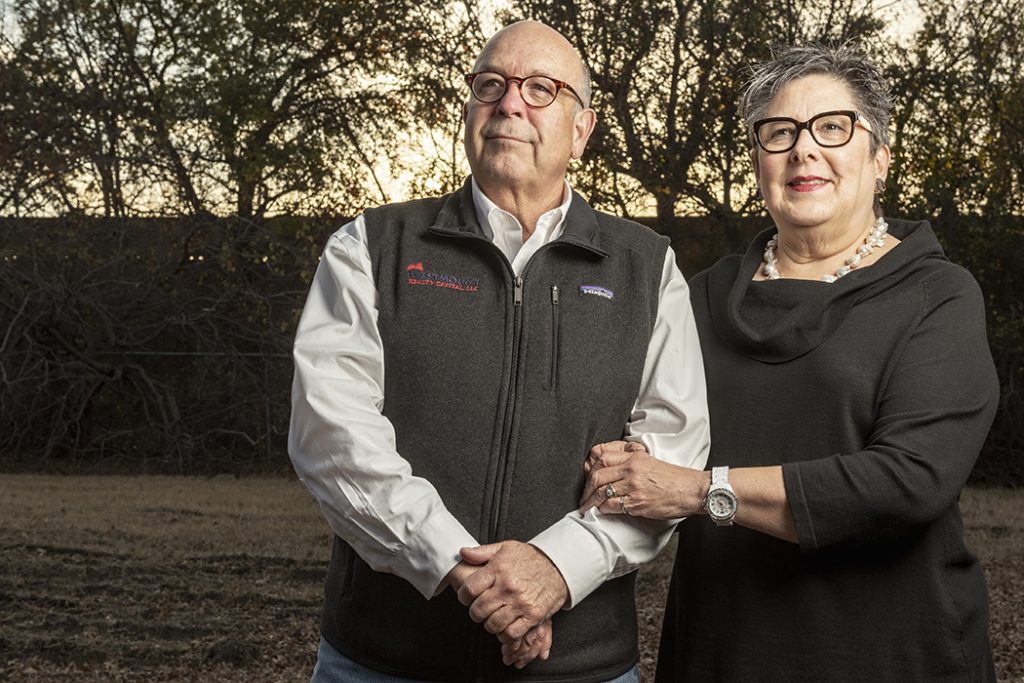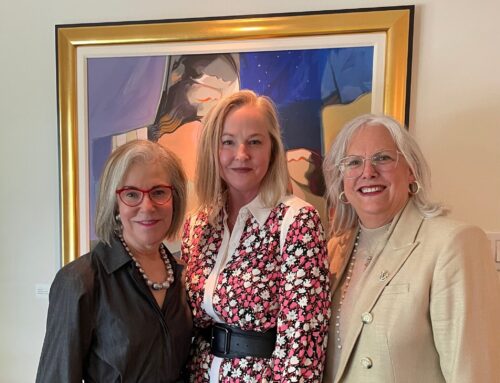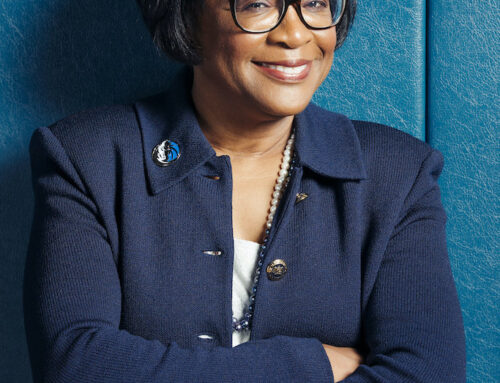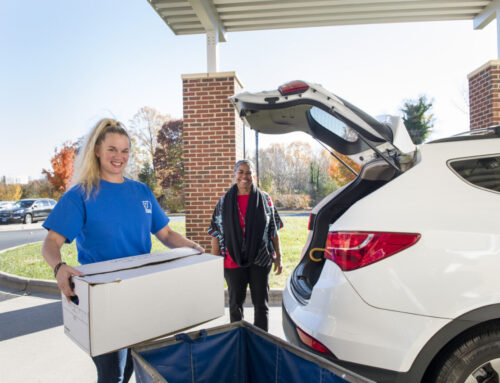TOLLWAY TREE HUGGERS

Photo by Danny Fulgencio
Call it the great deforestation near Forest Lane.
Quincy Lane neighbors and Hillcrest High School sweethearts Richard and Bonnie Brown were outraged that Oncor planned to cut down nearly a mile of trees along the east side of the Dallas North Tollway between Forest Lane and Harvest Hill.
Some trees were cut down and then the Browns, whose home backs up to the Tollway, started organizing.
“I don’t think lying down in front of bulldozers or chaining ourselves to trees will help,” Richard says.
Instead, Richard met with representatives of Oncor, the North Texas Tollway Authority and Dallas City Council member Jennifer Staubach Gates about the situation. Oncor representatives explained that the trees must come down so the company could replace old transmission towers with new ones. Oncor owns the easement. However, the trees, which are 40 to 50-feet-tall, were planted to ameliorate the noise from the Tollway.
“We learned the scope of the work that Oncor was doing, and it just blew me away,” Richard says. “It sounded at first that they were just going to trim trees, and then suddenly they were just going to clear cut everything.”
In a letter to the Browns, which was then distributed to members of the Melshire Homeowners Association, Andrea Sanders, regional area manager for Customer Operations at Oncor, wrote that its engineers and planners had extensive meetings and concluded they could not upgrade the line with the existing trees. “I feel it would be unfair to the neighbors to schedule a meeting implying this remains an option, as this could lead to further frustration. I believe focusing on the mitigation plan such as new plantings, wall upgrades or other options that would address the noise and environmental concerns expressed by members of the community would be most beneficial.”
Richard, who has a file about the Tollway’s trees going back to the 1980s, hired Steve Houser, a consulting arborist of Arborilogical Services, to survey the trees and shrubs. In addition, he continued conversations with Oncor, Gates and the NTTA. Meanwhile, Bonnie says she prayed daily and contacted the Texas Parks and Wildlife Department, the Texas Trees Foundation, church and synagogue leaders, and neighbors.
The result? Gates worked with the Dallas City Attorney’s office, the Dallas City Secretary’s office, the NTTA and Oncor. She led a meeting with the stakeholders, who agreed to pause before removing all the trees.
The result? Richard says that while many trees and bushes were cut down, all of the 30-year old live oak trees and some of the pine trees were spared. “The northernmost and southernmost ends of the easement suffered the most severe cutting, with many mature pines trees removed,” he says. “Most of what was cut was the vegetation that was allowed to thrive for the last three decades.”
Richard feels reassured since he’s been told that much of the vegetation will return. “Oncor has promised to be plant new, restricted height trees and plants in those areas that were most impacted by the cutting,” he says. “Although it was hard to watch so many trees cut down, I am thankful for those that remain.”
Gates says Richard has been instrumental at advocating for the neighborhood. “Mr. Brown has been so easy to work with and so helpful,” she says. “He’s so rational.”
Richard says, “We’ve been doing as much as we can just to make the public aware that these trees are out there and the benefits that they provide.”






